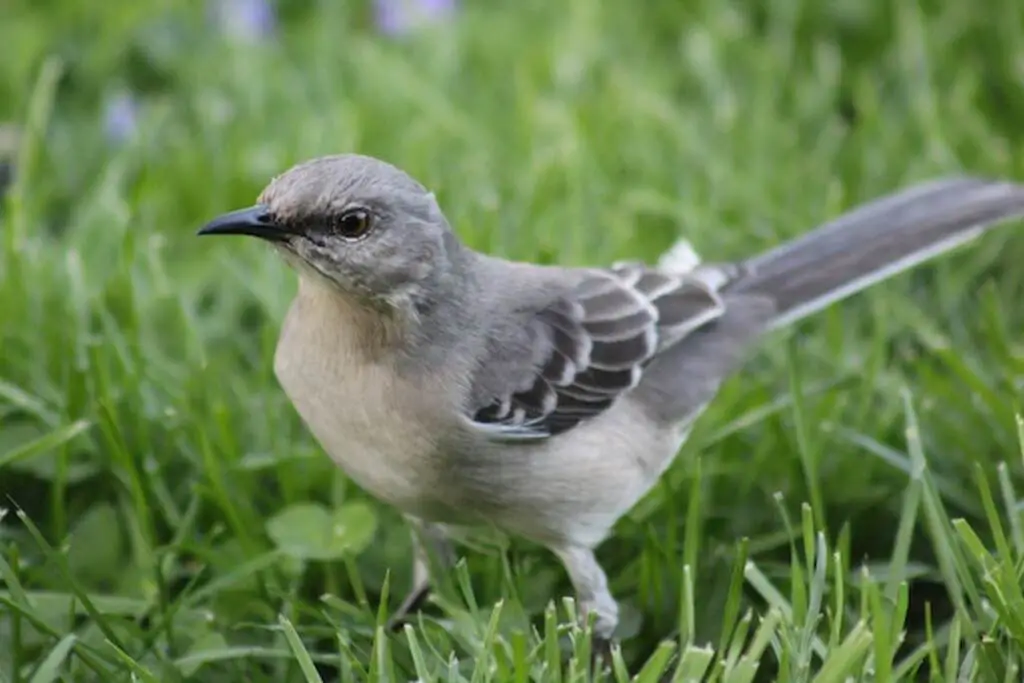Explore the enchanting world of the Northern Mockingbird, Mississippi’s iconic state bird. Delight in its melodious songs that echo through our landscapes, marvel at its intricate behaviors, and understand its significance to our ecosystem.
As a beloved symbol of nature’s beauty, the Northern Mockingbird captivates bird enthusiasts and nature lovers alike. Join us on a journey to appreciate the splendor and importance of this remarkable bird in our lives and environment.
Table of Contents
- 1 History of the Mississippi State Bird: Northern Mockingbird
- 2 Overview of the Mississippi State Bird
- 3 Symbolic Representation of the Mississippi State Bird
- 4 Appearance and Behavior of the Mississippi State Bird
- 5 Feeding Habits and Diet of the Mississippi State Bird
- 6 Interesting Facts About the Mississippi State Bird
- 6.1 Captivity Survival
- 6.2 Singing Ability
- 6.3 Monogamy
- 6.4 Population Status
- 6.5 Flight Abilities
- 6.6 Intelligence
- 6.7 Entertainment Inspiration
- 6.8 Presence as a Native Species
- 6.9 Threats from Illegal Trade
- 6.10 Unique White Blotches
- 6.11 Behavioral Development
- 6.12 Scientific Research and Studies
- 6.13 Citizen Science and Monitoring
- 6.14 Conservation and Management Strategies
- 6.15 Public Education and Outreach
- 7 Conservation Status and Threats to the Mississippi State Bird
- 8 How to Attract and Care for Northern Mockingbirds in Mississippi
- 8.1 Creating a Suitable Habitat with Shelter, Water, and Food Sources
- 8.2 Planting Native Trees and Shrubs to Provide Nesting Sites and Food
- 8.3 Offering Supplemental Food Sources, Such as Mealworms and Fruit
- 8.4 Providing Nesting Boxes or Platforms
- 8.5 Observing Northern Mockingbirds with Minimal Disturbance
- 9 Frequently Asked Questions (FAQs)
- 9.1 What is the difference between a Northern Mockingbird and a mockingbird?
- 9.2 Can Northern Mockingbirds imitate sounds other than birdsong?
- 9.3 Do Northern Mockingbirds migrate, or do they stay in Mississippi year-round?
- 9.4 Are Northern Mockingbirds protected by law, and can they be kept as pets?
- 9.5 How can I tell if a Northern Mockingbird is male or female?
- 10 Conclusion
- 11 Author
History of the Mississippi State Bird: Northern Mockingbird
Origin of the selection of the state bird
On February 23, 1944, the northern mockingbird (Mimus polyglottos) was officially recognized as the state bird of Mississippi. The selection of the state bird was the result of a campaign by the Mississippi Federation of Women’s Clubs. The clubs organized a statewide vote to select a state bird, and the northern mockingbird won by a large margin.
Key individuals involved in the selection process
The Mississippi Federation of Women’s Clubs played a key role in the selection of the northern mockingbird as the state bird. The clubs organized the statewide vote and lobbied for the bird’s official acceptance by the state.
Both the House and the Senate unanimously passed bills favoring the choice, and Governor Thomas L. Bailey signed the bill into law on February 23, 1944.
Other state bird contenders
Before the northern mockingbird was selected, several other birds were considered as potential candidates for the title of state bird. These included the eastern bluebird, the wood duck, and the wild turkey. However, the northern mockingbird was ultimately chosen due to its abundance in the state and its beautiful song.
| Bird | Reasons for Consideration | Outcome |
|---|---|---|
| Eastern Bluebird | Colorful and common in Mississippi | Lost to the Northern Mockingbird |
| Wood Duck | Beautiful and common in Mississippi | Lost to the Northern Mockingbird |
| Wild Turkey | Native to Mississippi and an important game bird | Lost to the Northern Mockingbird |
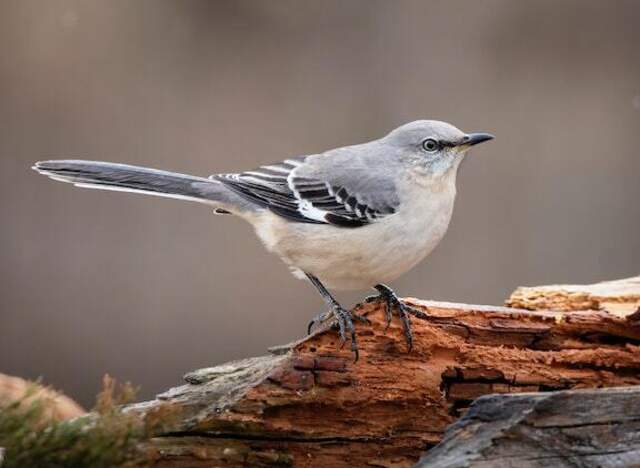
Overview of the Mississippi State Bird
Meet the Northern Mockingbird, the official state bird of Mississippi. This bird is known for its extraordinary vocal abilities, mimicking the sounds of other birds, insect and amphibian sounds, and even an occasional car alarm.
In this section, you will learn more about the Northern Mockingbird, its description, habitat and range, migration patterns and behavior, ecological role in Mississippi ecosystems, behavior and vocalizations, and feeding habits.
Description of the Northern Mockingbird
The Northern Mockingbird is a medium-sized bird with a long tail and legs. It has a grayish-brown back, white belly, and white wing patches that are visible when it flies. The bird’s most distinctive feature is its long and slender bill, which it uses to catch insects and other small prey.
Habitat and Range
The Northern Mockingbird can be found throughout the United States, including Mississippi, as well as in parts of Canada and Mexico. It prefers open areas with scattered trees and shrubs, such as parks, gardens, and suburban areas. It is also found in rural areas, including farmland and grasslands.
Migration Patterns and Behavior
The Northern Mockingbird is a year-round resident in Mississippi and does not migrate. During the breeding season, which occurs from March to August, males defend their territories and perform elaborate courtship displays to attract females.
Ecological Role in Mississippi Ecosystems
The Northern Mockingbird plays an important ecological role in Mississippi ecosystems. It helps control insect populations by feeding on insects and other small prey. It also disperses seeds and helps pollinate plants.
Behavior and Vocalizations
The Northern Mockingbird is known for its complex vocalizations, which include songs, calls, and mimicry of other birds and sounds. The bird’s vocalizations are used for communication, territorial defense, and courtship displays. Males sing more frequently than females and may sing throughout the day and night.
Feeding Habits
The Northern Mockingbird feeds on a variety of insects, including beetles, grasshoppers, and caterpillars. It also eats fruits and berries, including those of the holly and dogwood trees. The bird catches its prey by foraging on the ground or in trees and shrubs.
| Aspect | Information |
|---|---|
| Mississippi State Bird | Northern Mockingbird (Mimus polyglottos) |
| Description | Medium-sized bird with a grayish-brown back, white belly, distinctive white wing patches, and long bill |
| Habitat and Range | Open areas with scattered trees and shrubs, found in Mississippi, other parts of the US, Canada, and Mexico |
| Migration Patterns and Behavior | Year-round resident in Mississippi, males perform elaborate courtship displays during breeding season (March-August) |
| Ecological Role | Helps control insect populations, disperses seeds, and pollinates plants |
| Behavior and Vocalizations | Known for complex vocalizations, including songs, calls, and mimicry of other birds and sounds |
| Feeding Habits | Feeds on insects, fruits, and berries, catches prey by foraging on ground or in trees and shrubs |
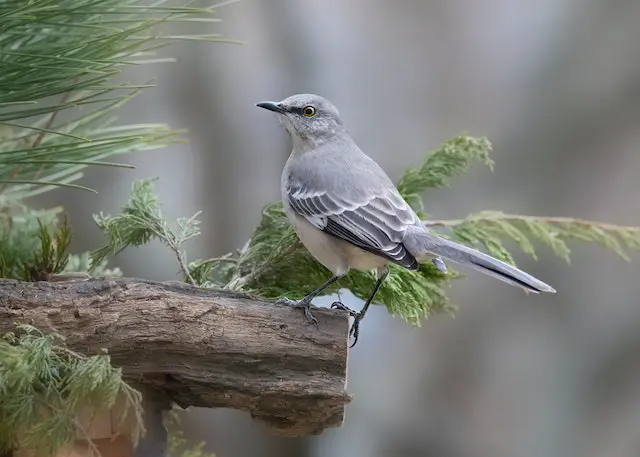
Symbolic Representation of the Mississippi State Bird
Cultural significance of the bird in Mississippi
The Northern Mockingbird is an important cultural symbol in Mississippi. It is a beloved bird that is often heard singing in the state’s gardens, parks, and backyards. In fact, the bird’s beautiful songs have been recognized by the Mississippi Legislature as a “source of pride and inspiration to the people of Mississippi.”
Folklore and Mythology of Mississippi’s Northern Mockingbird
The Northern Mockingbird has been featured in several Mississippi folklore and mythology stories. One such story is that the bird is a messenger of good news. Another story is that the bird is a symbol of love and fidelity. In some Native American cultures, the bird is believed to bring good luck and fortune.
Economic and recreational significance
For birdwatchers and nature enthusiasts, the Northern Mockingbird holds significant importance. It is a popular bird to watch and listen to, and many people travel to Mississippi specifically to see and hear the bird. Additionally, the bird’s beautiful songs have inspired many musicians and artists in Mississippi, contributing to the state’s rich cultural heritage.
How the bird represents the state’s values and identity
The Northern Mockingbird represents several values and characteristics that are important to the people of Mississippi. The bird is known for its resilience, adaptability, and resourcefulness, which are all traits that are highly valued in Mississippi. Additionally, the bird’s beautiful songs represent the state’s love of music and the arts.
| Aspect | Summary |
|---|---|
| Cultural significance | The bird is a source of pride and inspiration for the people of Mississippi |
| Folklore and mythology | The bird is a messenger of good news, a symbol of love and fidelity, and a bringer of good luck and fortune in some Native American cultures |
| Economic and recreational significance | The bird is an important attraction for birdwatchers and nature enthusiasts, and has inspired many musicians and artists in Mississippi |
| Values and identity | The bird represents resilience, adaptability, resourcefulness, and a love of music and the arts, all of which are highly valued in Mississippi |
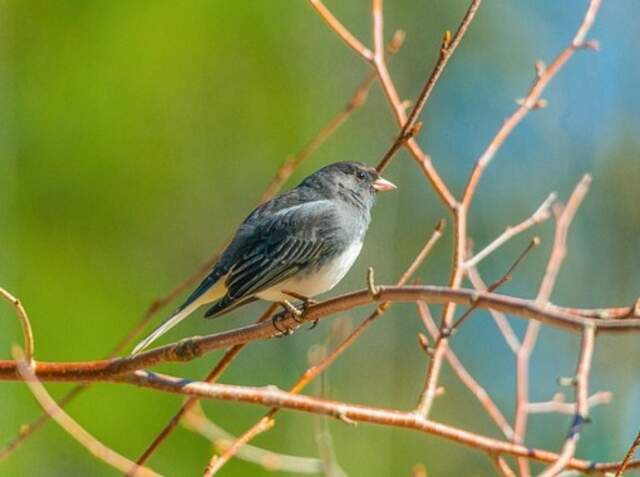
Appearance and Behavior of the Mississippi State Bird
Physical Characteristics of the Northern Mockingbird
The Northern Mockingbird is a medium-sized bird, measuring about 10 inches from head to tail with a wingspan of 14 inches. They have a light gray color on top and a whitish color below and on their wings.
These birds have yellow/orange eyes and a long tail. The bill of the Northern Mockingbird is brown at the base and black all over. Despite their size, they are lightweight, typically weighing between 1.75 ounces.
Sexual Dimorphism
Unlike many other birds, there is no difference in appearance between the males and females of the Northern Mockingbird.
Territorial Behavior
Northern Mockingbirds can be extremely territorial, especially during breeding season. They are known to swoop and dive at anything that gets close to their nests, including people. During winter, they have a tendency to chase away other birds from their desired food sources, such as trees bearing fruits.
Nesting and Breeding Habits
Northern Mockingbirds typically breed from March to August. They build their nests in trees, shrubs, or vines, and the female lays 2-6 eggs. The eggs are incubated for about 12-13 days, and the chicks leave the nest after about 11-13 days.
| Characteristic | Description |
|---|---|
| Size | Medium-sized bird, measuring about 10 inches from head to tail with a wingspan of 14 inches |
| Color | Light gray on top and whitish below and on its wings |
| Eyes | Yellow/orange |
| Tail | Long |
| Bill | Brown at the base and black all over |
| Weight | Typically between 1.75 ounces |

Feeding Habits and Diet of the Mississippi State Bird
The Northern Mockingbird is an omnivore, which means it eats both plants and animals. They have a varied diet that includes insects, earthworms, berries, fruits, seeds, and occasionally lizards.
They are also known to eat suet, but they prefer it loose rather than hanging. If you want to attract them to your yard, consider putting out some loose suet.
Diet and feeding preferences
The Northern Mockingbird is a skilled forager and has a wide range of feeding preferences. They are known to eat insects such as beetles, grasshoppers, and caterpillars.
They also eat spiders, snails, and earthworms. In addition to their animal-based diet, they also eat a variety of fruits and berries such as mulberries, blackberries, and raspberries. They have also been known to eat seeds and grains.
Ecological impact of the Northern Mockingbird’s feeding habits
The Northern Mockingbird’s feeding habits have a significant ecological impact. They help control the population of insects and other invertebrates, which can be harmful to crops and gardens.
They also help disperse the seeds of various plants, aiding in their reproduction and growth. However, they can also be considered a pest when they eat fruits and vegetables from gardens or cause damage to crops.
| Food | Prevalence in Diet |
|---|---|
| Insects | High |
| Fruits and Berries | High |
| Seeds and Grains | Low |
| Lizards and Other Small Animals | Low |
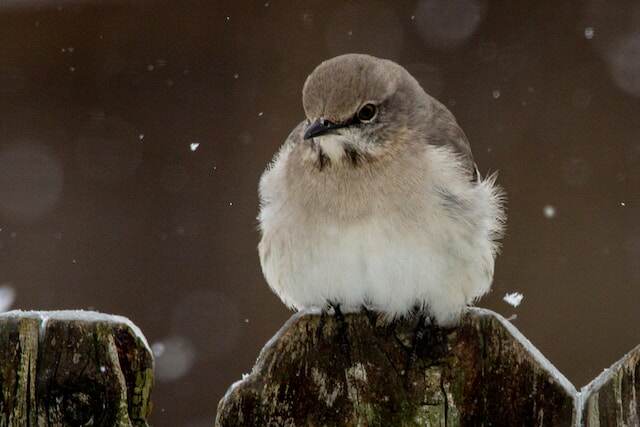
Interesting Facts About the Mississippi State Bird
As the official state bird of Mississippi, the Northern Mockingbird is a fascinating creature with many interesting characteristics. Here are some of the most notable facts about this bird:
Captivity Survival
The Northern Mockingbird is a hardy bird that is able to survive in captivity for many years. In fact, some captive birds have been known to live for up to 20 years. This is due in part to their adaptability and their ability to thrive in a variety of environments.
Singing Ability
One of the most remarkable features of the Northern Mockingbird is its singing ability. These birds are able to mimic the songs of many other birds, as well as other sounds, such as car alarms and cell phone ringtones. They are also able to create their own unique songs, which can be quite complex and melodic.
Monogamy
The Northern Mockingbird is a monogamous bird, which means that it mates for life. Once a pair of birds has formed a bond, they will stay together for many years and will often return to the same nesting site each year.
Population Status
The Northern Mockingbird is a common bird in Mississippi and throughout much of the United States. At present, the Northern Mockingbird is not categorized as a threatened or endangered species, and its population is considered to be stable.
Flight Abilities
The Northern Mockingbird is an agile and acrobatic flier, capable of making sudden turns and changes in direction. It is also a strong flier, able to cover long distances during migration.
Intelligence
The Northern Mockingbird is a highly intelligent bird, capable of solving complex problems and adapting to new situations. It is also a curious bird, often investigating new objects and environments.
Entertainment Inspiration
The Northern Mockingbird has been a source of inspiration for many artists and writers over the years. Its beautiful songs and fascinating behavior have been the subject of many poems, songs, and stories.
Presence as a Native Species
The Northern Mockingbird is a native species to Mississippi and is an important part of the state’s natural heritage. Its presence in the state is a reminder of the rich diversity of plant and animal life that can be found in Mississippi.
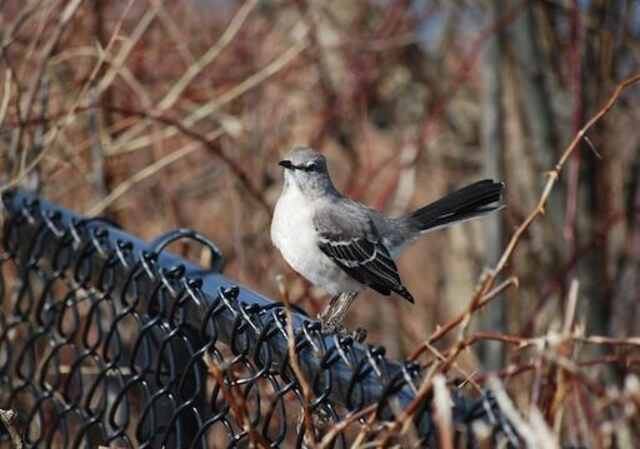
Threats from Illegal Trade
While the Northern Mockingbird is not currently threatened by habitat loss or other environmental factors, it is sometimes targeted by illegal bird traders. These traders capture wild birds and sell them as pets, which can have a negative impact on wild populations.
Unique White Blotches
The Northern Mockingbird has a unique pattern of white blotches on its wings and tail, which can be used to identify individual birds. These blotches are thought to play a role in courtship and other social interactions.
Behavioral Development
The Northern Mockingbird is a highly social bird, and young birds learn much of their behavior from their parents and other adults. They are also able to learn from other birds, and will often incorporate new songs and behaviors into their repertoire.
Scientific Research and Studies
The Northern Mockingbird has been the subject of many scientific studies over the years, which have helped to shed light on its behavior, ecology, and physiology. These studies have provided valuable insights into the biology of this fascinating bird.
Citizen Science and Monitoring
Citizen science projects, such as bird counts and monitoring programs, have played an important role in tracking the population and distribution of the Northern Mockingbird. These programs rely on the participation of volunteers, who help to collect data on bird sightings and behavior.
Conservation and Management Strategies
Conservation and management strategies, such as habitat protection and restoration, have helped to ensure the continued survival of the Northern Mockingbird. These efforts are critical for maintaining the health and diversity of Mississippi’s natural ecosystems.
Public Education and Outreach
Public education and outreach programs, such as bird watching events and educational materials, have helped to raise awareness about the Northern Mockingbird and its importance to Mississippi’s natural heritage. These programs are critical for inspiring the next generation of conservationists and bird enthusiasts.
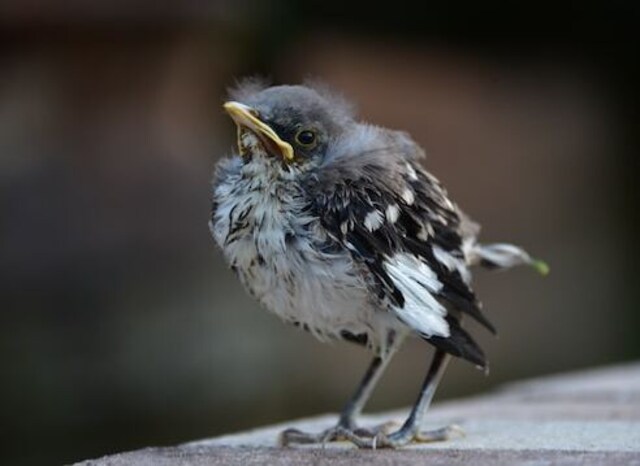
Conservation Status and Threats to the Mississippi State Bird
Population trends and distribution
The Northern Mockingbird is the state bird of Mississippi, and it is a common sight throughout the state. According to the American Bird Conservancy, the Northern Mockingbird is not currently considered a species of concern, and its population is stable. However, this species faces several threats that could impact its population in the future.
Threats from habitat loss and climate change
Habitat loss is a major threat to the Northern Mockingbird. As urbanization and development continue to encroach on natural habitats, the availability of suitable nesting sites and food sources for these birds is decreasing. Climate change is also a concern, as it could impact the availability of food sources and nesting habitats for the Northern Mockingbird.
Conservation efforts
Despite their widespread distribution, Northern Mockingbirds face threats such as habitat loss, pesticide use, and predation by cats and other predators. As a result, conservation efforts have been implemented to protect these birds and their habitats.
One important conservation effort for the Northern Mockingbird is the establishment of protected areas such as national wildlife refuges and state parks. These areas provide critical habitat for the birds and help to preserve their populations.
In addition, conservation organizations such as the Audubon Society and the National Wildlife Federation work to educate the public about the importance of protecting Northern Mockingbirds and their habitats. These organizations also advocate for policies that promote bird-friendly habitats and reduce threats to these birds.
Individuals can also play a role in Northern Mockingbird conservation efforts by planting native vegetation in their yards, providing nesting boxes, and limiting pesticide use. These actions can help to create bird-friendly habitats and provide nesting sites for these birds.
| Threats | Conservation Efforts |
|---|---|
| Habitat loss | American Bird Conservancy’s Cats Indoors and Glass Collisions programs |
| Climate change | Monitoring and aid from wildlife scientists and land managers |
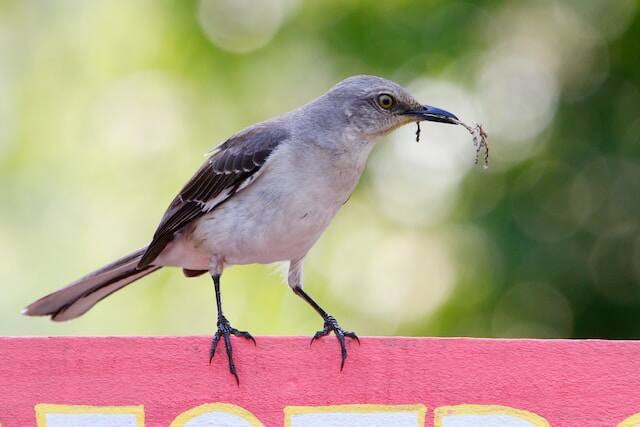
How to Attract and Care for Northern Mockingbirds in Mississippi
Creating a Suitable Habitat with Shelter, Water, and Food Sources
To attract Northern Mockingbirds to your yard, you must create a suitable habitat that provides them with shelter, water, and food sources. These birds prefer open areas with scattered trees and shrubs, so make sure your yard has a mix of open spaces and vegetation.
You can also create brush piles or thickets to provide cover and nesting sites. Northern Mockingbirds need a reliable source of water for drinking and bathing. One way to offer this is by installing a bird bath or fountain in your yard.
Make sure to clean it regularly and keep it filled with fresh water. As for food sources, Northern Mockingbirds are omnivores and eat a variety of insects, fruits, and berries.
You can attract them by planting native trees and shrubs that produce berries, such as holly, sumac, and serviceberry. You can also offer supplemental food sources, such as mealworms and fruit.
Planting Native Trees and Shrubs to Provide Nesting Sites and Food
Planting native trees and shrubs not only provides food sources for Northern Mockingbirds but also provides nesting sites. These birds prefer to nest in dense shrubs or small trees, so consider planting native species such as wax myrtle, American beautyberry, and eastern red cedar.
Offering Supplemental Food Sources, Such as Mealworms and Fruit
At times, Northern Mockingbirds may drop by bird feeders that offer suet or fruits like halved oranges or raisins. You can also offer mealworms, which are a great source of protein for these birds.
Providing Nesting Boxes or Platforms
If you want to attract Northern Mockingbirds to nest in your yard, you can provide nesting boxes or platforms. These should be placed in areas with dense shrubs or small trees, and should be at least 6-8 feet off the ground.
Observing Northern Mockingbirds with Minimal Disturbance
To minimize disturbance, it’s crucial to observe Northern Mockingbirds with restraint. These birds can be easily startled, so approach slowly and quietly. Avoid getting too close to their nests or disturbing them during nesting season.
| Food Sources | Water Sources | Shelter/Nesting Sites |
|---|---|---|
| Native Trees and Shrubs | Bird Bath/Fountain | Brush Piles/Thickets |
| Mealworms | Nesting Boxes/Platforms | |
| Fruit |
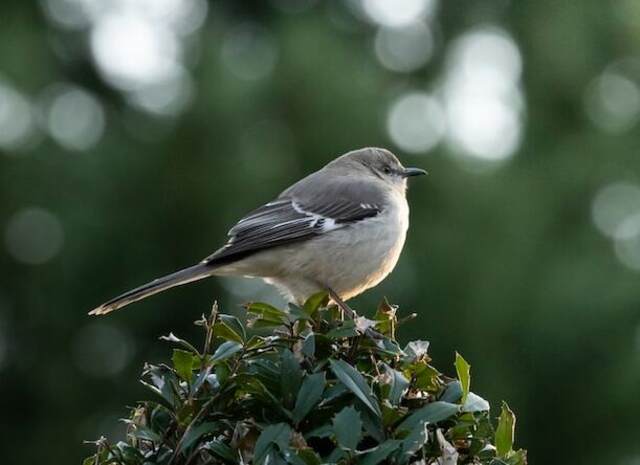
Frequently Asked Questions (FAQs)
What is the difference between a Northern Mockingbird and a mockingbird?
The Northern Mockingbird is a species of mockingbird that is found primarily in North America. It is the only mockingbird species that is found in North America north of Mexico. The term “mockingbird” is often used to refer to the Northern Mockingbird specifically, but there are other species of mockingbirds found in other parts of the world.
Can Northern Mockingbirds imitate sounds other than birdsong?
Yes, Northern Mockingbirds are known for their ability to imitate a wide variety of sounds, including car alarms, sirens, and even human speech. They are able to do this because they have a highly developed syrinx, which is the organ in birds that produces sound.
Do Northern Mockingbirds migrate, or do they stay in Mississippi year-round?
While Northern Mockingbirds are found throughout the year in Mississippi, they do not migrate. Instead, they are able to adapt to a wide range of habitats and climates, and are found throughout much of North America.
Are Northern Mockingbirds protected by law, and can they be kept as pets?
Yes, Northern Mockingbirds are protected by the Migratory Bird Treaty Act, which makes it illegal to capture, kill, or possess them without a special permit. It is not advisable to keep Northern Mockingbirds as pets since they demand specialized attention and are ill-suited to living in captivity.
How can I tell if a Northern Mockingbird is male or female?
It can be difficult to tell male and female Northern Mockingbirds apart, as they have similar plumage. However, males are generally larger than females and may have slightly longer tails. Additionally, males are more likely to sing and display during the breeding season.
Conclusion
By now, you have learned all about the fascinating Northern Mockingbird, the state bird of Mississippi. This bird’s incredible vocal abilities, adaptability, and resilience have made it a beloved symbol of the state and a favorite among birdwatchers.
Whether you’re lucky enough to spot one in your backyard or out in the wild, take a moment to appreciate the Northern Mockingbird’s beauty and unique characteristics. Its ability to mimic other bird calls and even sounds like car alarms and cell phones is truly remarkable.
Remember that the Northern Mockingbird is a protected species, and it’s important to respect their habitats and not disturb their nests. If you’re interested in attracting these birds to your yard, consider planting berry bushes or installing a bird bath.
Overall, the Northern Mockingbird is a fascinating and important bird species that deserves our attention and protection. Keep an eye out for these feathered friends and enjoy their beautiful songs and antics.
Related Post: How to Attract Mockingbirds to your Yard? (Expert Tips)

